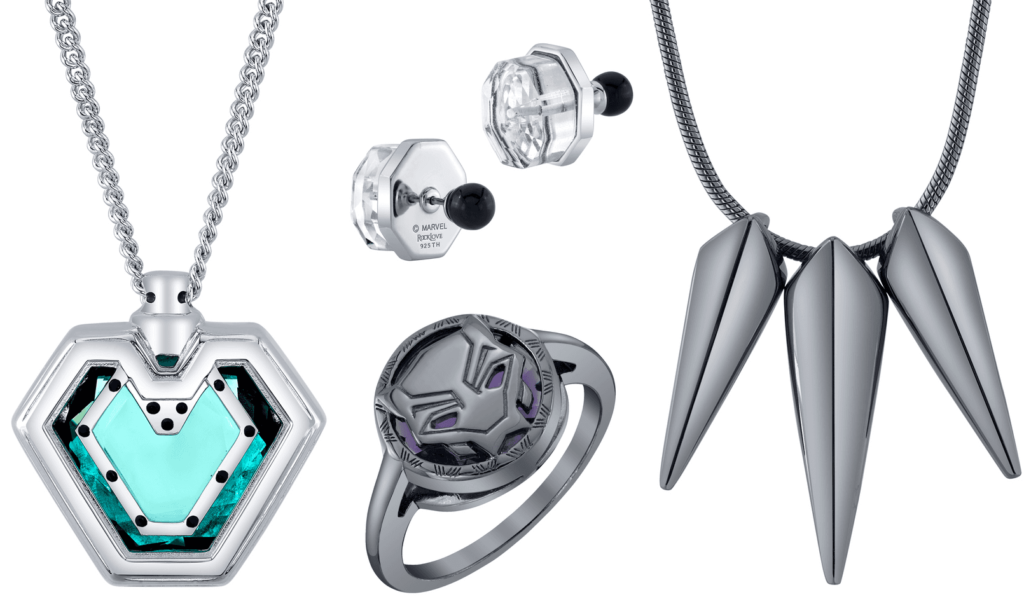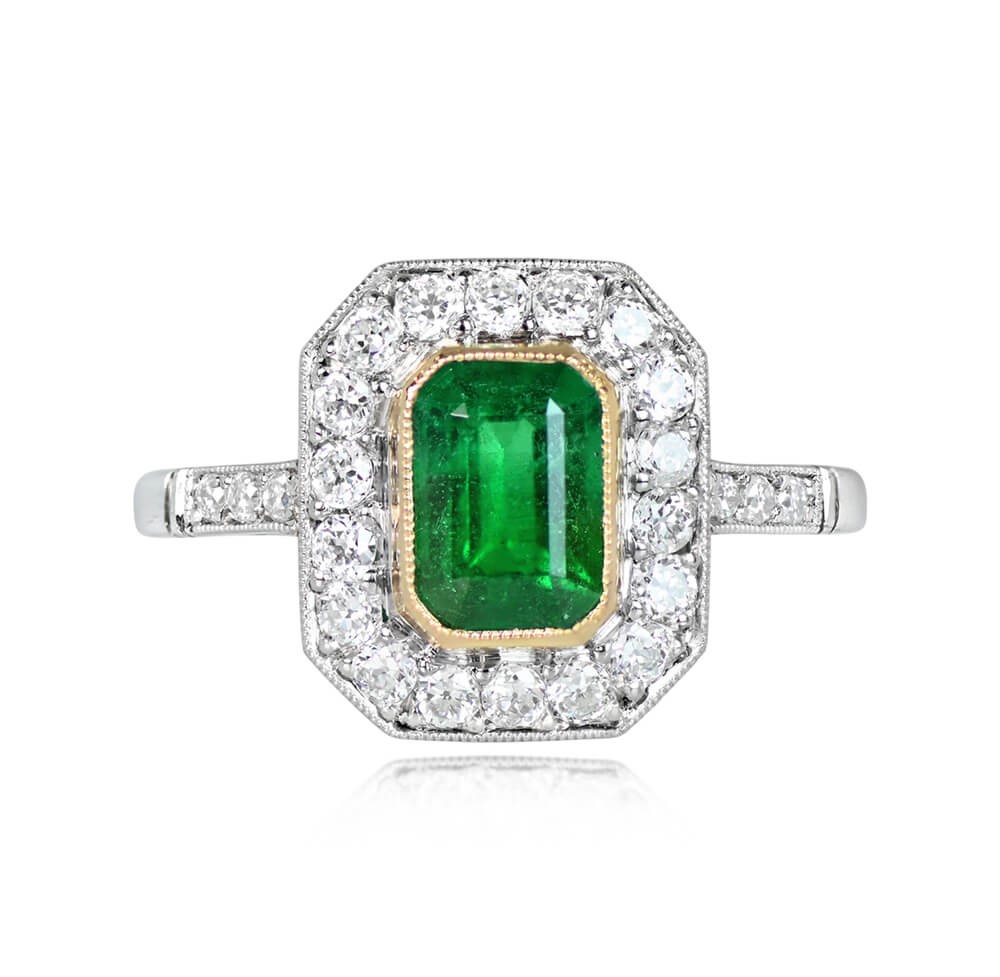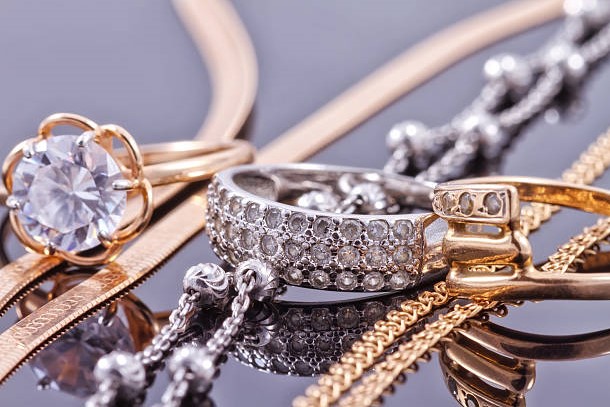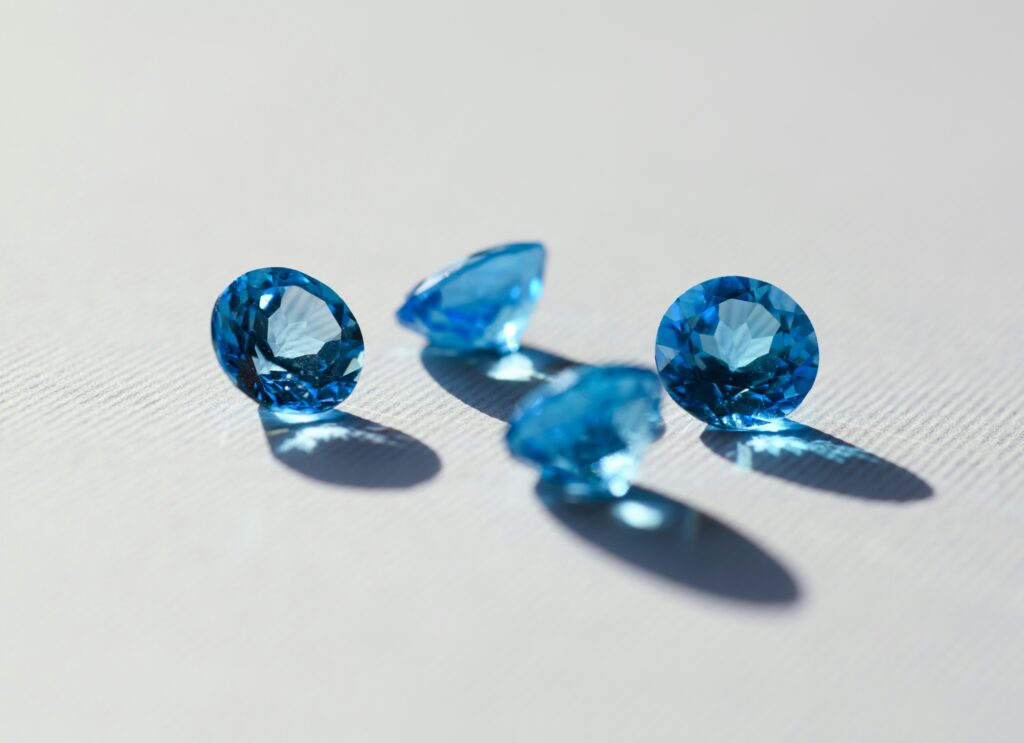Marble jewellery, renowned for its timeless beauty and durability, has been a symbol of luxury and sophistication for centuries. While traditionally associated with grand sculptures, architectural masterpieces, and opulent interiors, marble has also found a niche in the world of jewelry. Marble jewelry, with its unique patterns and natural allure, has captivated the hearts of many. This article delves deep into the history, craftsmanship, and modern trends of marble jewelry, celebrating its enduring elegance.
A Historical Perspective: The Origins of Marble jewellery
Ancient Civilizations and Marble Adornments
Marble’s use in jewelry dates back to ancient civilizations. The Egyptians, Greeks, and Romans were among the first to recognize the beauty and versatility of marble. In ancient Egypt, marble was carved into intricate beads and pendants, often inlaid with gold and precious stones. These pieces were not just decorative but also held spiritual significance, believed to offer protection and bring good fortune.
The Greeks and Romans, known for their architectural and artistic prowess, also embraced marble in their adornments. Marble bracelets, brooches, and rings became symbols of status and wealth, often worn by the elite. The intricate carvings and designs reflected the artistic skills of the craftsmen, making each piece a work of art.

The Renaissance Revival
During the Renaissance, Marble jewellery experienced a revival. The period’s fascination with classical antiquity saw a resurgence in the use of marble in various art forms, including jewelry. Renowned artists and sculptors like Michelangelo and Donatello, who primarily worked with marble in their sculptures, inspired jewelers to incorporate this magnificent material into their creations. Marble jewelry from this era often featured elaborate designs, showcasing the era’s artistic and cultural sophistication.
Craftsmanship: The Art of Creating Marble jewellery
Selecting the Marble
Creating marble jewelry begins with selecting the right type of marble. Marble comes in various colors and patterns, each with its unique characteristics. The most commonly used marbles in jewelry are Carrara, known for its pristine white hue and subtle gray veining, and Nero Marquina, prized for its deep black color and contrasting white veins. The selection process is crucial, as the marble’s natural patterns significantly influence the final design of the jewelry piece.
Cutting and Shaping
Once the marble is selected, the next step is cutting and shaping it into the desired form. This process requires precision and skill, as marble is a delicate material prone to chipping and cracking. Jewelers use specialized tools, such as diamond-tipped saws and drills, to carefully cut and shape the marble. Depending on the design, the marble may be carved into beads, cabochons, or intricate motifs.
Polishing and Finishing
After shaping, the marble undergoes a meticulous polishing process to enhance its natural luster. This involves using progressively finer abrasives to smooth the surface and bring out the marble’s inherent shine. The final polishing step often includes a buffing wheel and a polishing compound to achieve a high-gloss finish. The polished marble is then set into the jewelry piece, typically using metals like gold, silver, or platinum to complement its elegance.
Modern Trends: Marble Jewelry in Contemporary Fashion
Minimalist Designs
In recent years, Marble jewellery has gained popularity in contemporary fashion, particularly within the minimalist movement. Modern designers have embraced the simplicity and elegance of marble, creating sleek and understated pieces that highlight the material’s natural beauty. Marble pendants, earrings, and rings with clean lines and geometric shapes have become staples in minimalist jewelry collections, appealing to those who appreciate refined and timeless accessories.

Statement Pieces
While minimalist designs are popular, Marble jewellery also lends itself well to bold and statement-making pieces. Designers often create large, eye-catching necklaces, cuffs, and earrings that showcase the marble’s striking patterns and colors. These statement pieces serve as focal points in an outfit, adding a touch of drama and sophistication. The contrast between the smooth, polished marble and the metal settings creates a captivating visual effect, making these pieces highly desirable.
Mixed Materials
Another trend in contemporary Marble jewellery is the combination of marble with other materials. Designers are experimenting with contrasting textures and colors by pairing marble with materials like wood, resin, and semi-precious stones. These mixed-material pieces offer a fresh and modern take on marble jewelry, blending natural elements with innovative design. The juxtaposition of different materials adds depth and interest to the jewelry, making each piece unique and versatile.
Customization and Personalization
Customization and personalization have become significant trends in the jewelry industry, and marble jewelry is no exception. Many designers offer bespoke services, allowing customers to choose their preferred type of marble, metal, and design elements. Personalized engravings and initials can also be added to marble pieces, making them meaningful and unique gifts. This trend caters to the growing demand for one-of-a-kind jewelry that reflects individual style and sentiment.

The Symbolism and Significance of Marble Jewelry
A Symbol of Strength and Purity
Marble has long been associated with strength and purity. Its durability and resistance to wear symbolize resilience and endurance, making marble jewelry a meaningful accessory for those who value these qualities. The pristine white color of marble, particularly Carrara marble, is often linked to purity and elegance, enhancing its appeal as a material for fine jewelry.
Spiritual and Healing Properties
In addition to its aesthetic and symbolic significance, marble is also believed to possess spiritual and healing properties. In various cultures, marble is thought to promote emotional balance and provide protection. It is said to enhance creativity and foster a sense of calm and tranquility. Wearing marble jewelry can be a way to harness these positive energies, adding a layer of spiritual significance to the adornment.

